In place of an easel and canvas, Dutch artist Marjan Teeuwen uses a jackhammer and saw to create visually stunning still-lifes. For her series Destroyed Houses, the vibrant, flame-haired 62-year-old sculptor/photographer and a team of assistants demolished several units within a post-war, derelict apartment building in Amsterdam, gathering the recycled materials to produce complex walk-in sculptures, meticulously stacked pastiches that resemble Cubist architecture or homages to 17th-century Dutch paintings. For her newest series, Archives, of which there are now seven installations, she peels back the crumbling layers and facades of abandoned buildings to expose their foundations, creating life-size dioramas from the debris. In Johannesburg Archive—in process, and shown below for the first time—the artist travels to South Africa’s “economic engine” to rework a former elementary school in the post-industrial New Doornfontein neighborhood, one of the city's poorest areas. In the process Teeuwen explores the pathos of a metropolis whose barely-concealed, oft-conflicted past provided more than a little inspiration.
Teeuwen’s immersive work—a hive of asphalt, plasterboards, ropes, burnt wood, metal strips, plates, crushed computers, and bricks—is meant to capture the death, renewal, and lingering psychological cracks of an area still in flux. A young democracy of abundant resources and economic potential, South Africa contains many layers of contradictions—often contentious and problematic—just beneath the surface. Since the official end of Apartheid in 1994, the region has experienced dramatic shifts in its political and social aspirations, but a legacy of deeply ingrained inequality and poverty remains, particularly in larger cities like Johannesburg. For this project, Teeuwen spent several months in an artistic residency before breaking ground, gauging the potential social impact of the excavation before choosing a final location. With the help of local students, residents, and “collectors”—men who comb debris for potentially valuable raw materials to re-sell—Teeuwen has woven a story of the site as told through its own trash and refuse, showcasing sedimentary layers of a complicated history.
“In my work I am deeply fascinated by the human condition, within which the polarities—powerlessness, chaos, order, construction, destruction—are essential." Art has an important social function, asserts Teeuwen, and can make strong statements about our existence. For this particular project she drew inspiration from legendary South African artists, writers, and patriots, including painter William Kentridge, J.M. Coetzee, and Nelson Mandela, whose image is projected throughout the country, appearing on everything from wall murals to evening slippers.
In Johannesburg, Teeuwen found great promise in the nascent art scene of nearby Maboneng Precinct, a creative hub reminiscent of the grittier days of Williamsburg, Brooklyn, but also encountered stark extremes. In the same region as the glittering new condos of Sandton, she also saw “the traces of how people lived: small spaces constructed roughly and unsafely with grey bricks, rooms that had dimensions of about 3 by 2.50 meters for one family. There was no electricity, toilets, or water.” Though this area has experienced many of the positive aspects of gentrification and benefited from funding by private and government developers, many still face extreme poverty, an issue unceremoniously swept under the rug during the 2010 World Cup. “Because of the World Cup many, many slum buildings in Johannesburg were cleared by the government without thought to [creating] new settlements." Very little has changed since then.
Part of Teeuwen’s desire to draw attention to, and empower, the marginalized comes from her own experiences as a young polio victim. Though fully recovered, the experience of temporary disability not only cultivated in her a deep sense of empathy but also a great optimism. She was consumed by "the huge constructive—an unstoppable urge to build up and change the world, initiate new developments. Cultures thrive and disappear again; failure, refusal, and breakdown are inextricably linked to success and victory.” Today, Marjan captures this victory through her installations and photographs, and an ability to turn decay into fresh new life.
Below, filmmaker Remmelt Lukkien follows Teeuwen as she creates one of her immersive installations.
[/vimeo]





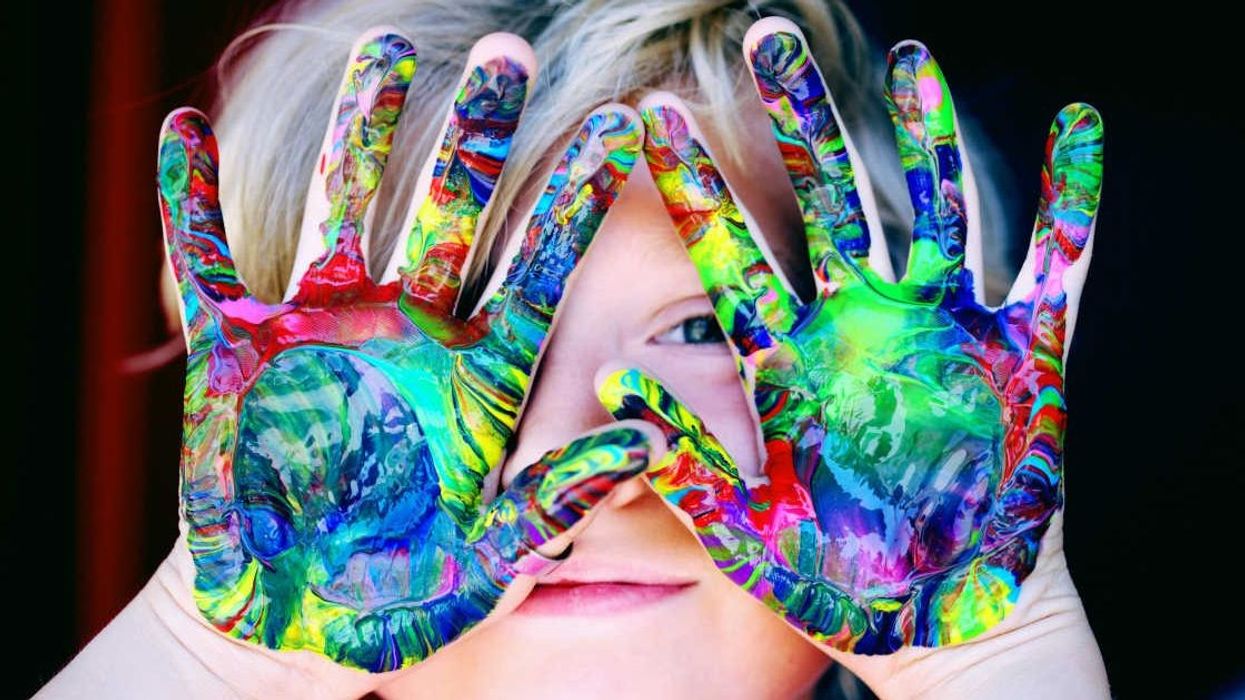
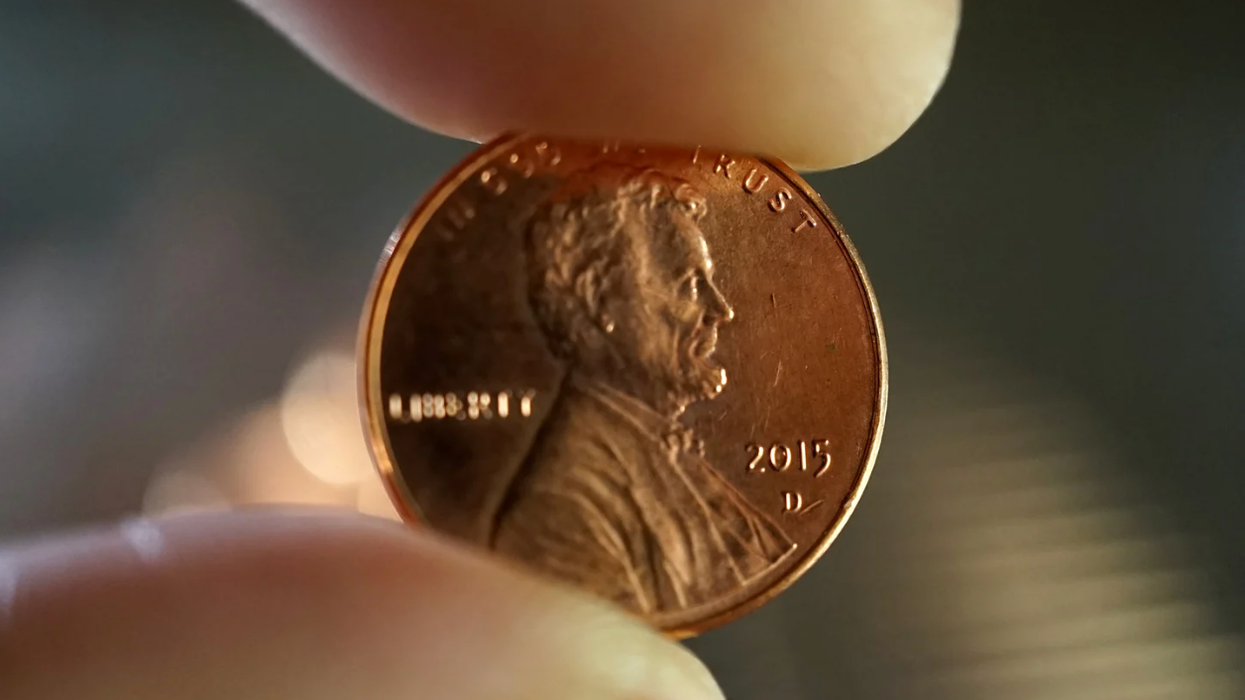
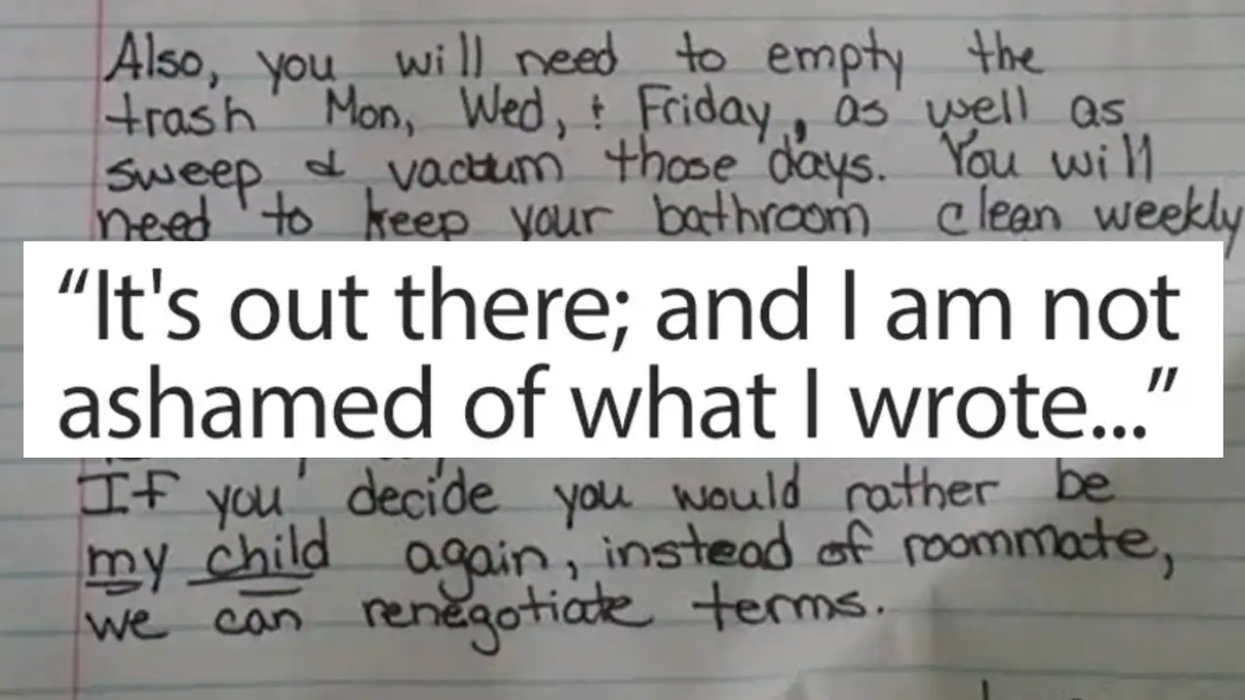
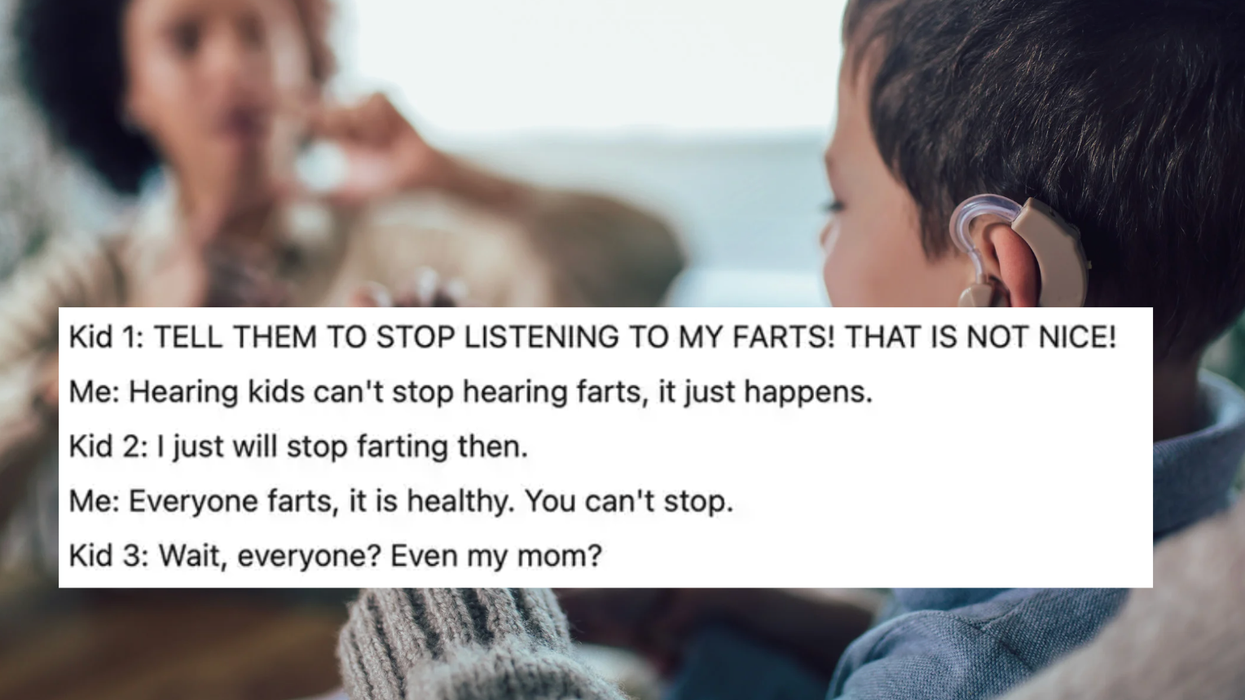




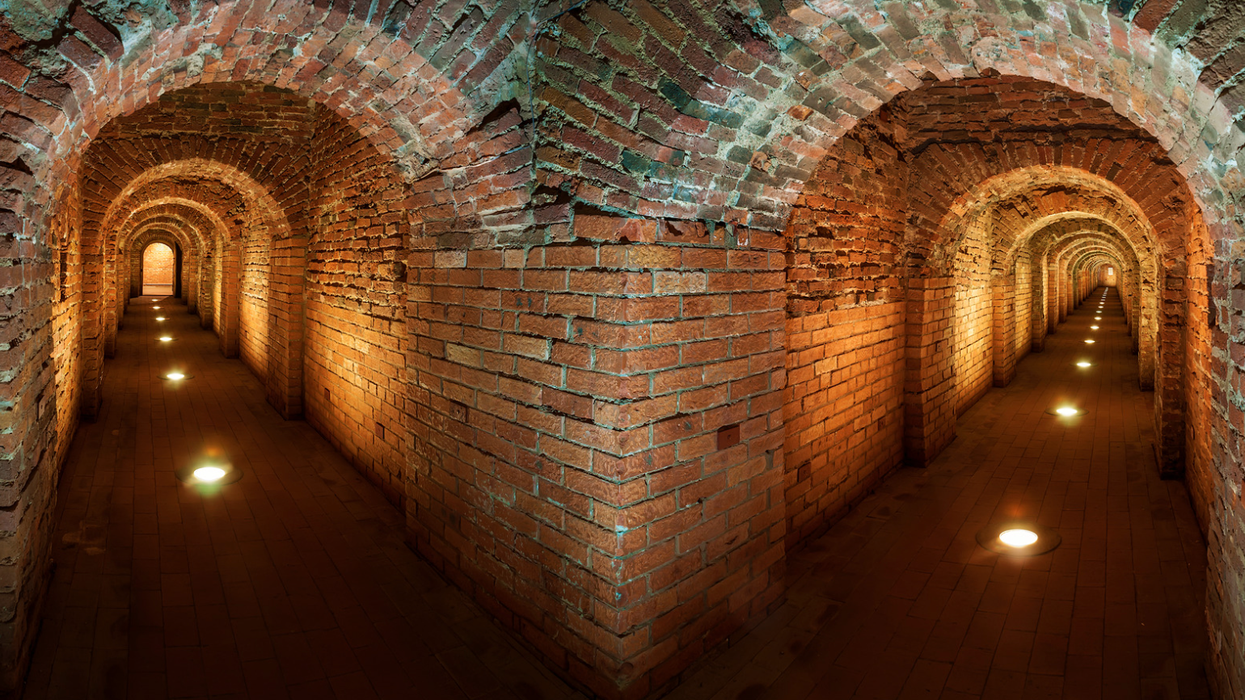

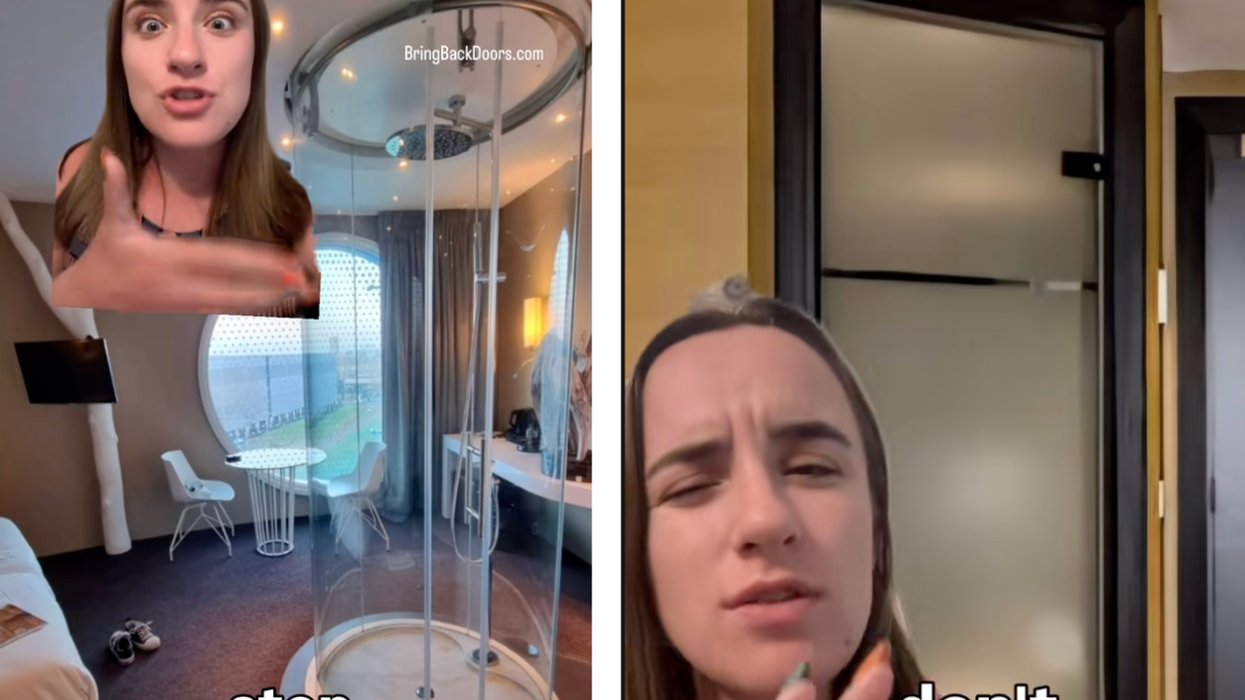
 TikTok · Bring Back Doors
TikTok · Bring Back Doors 
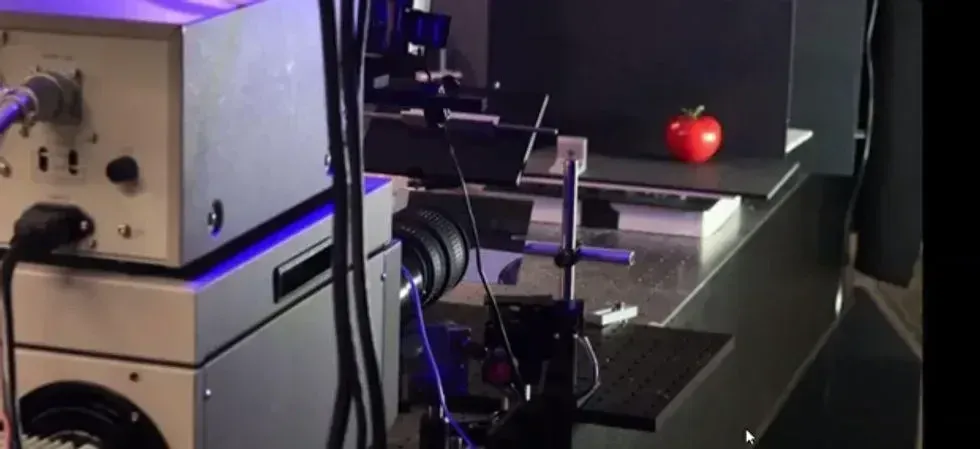


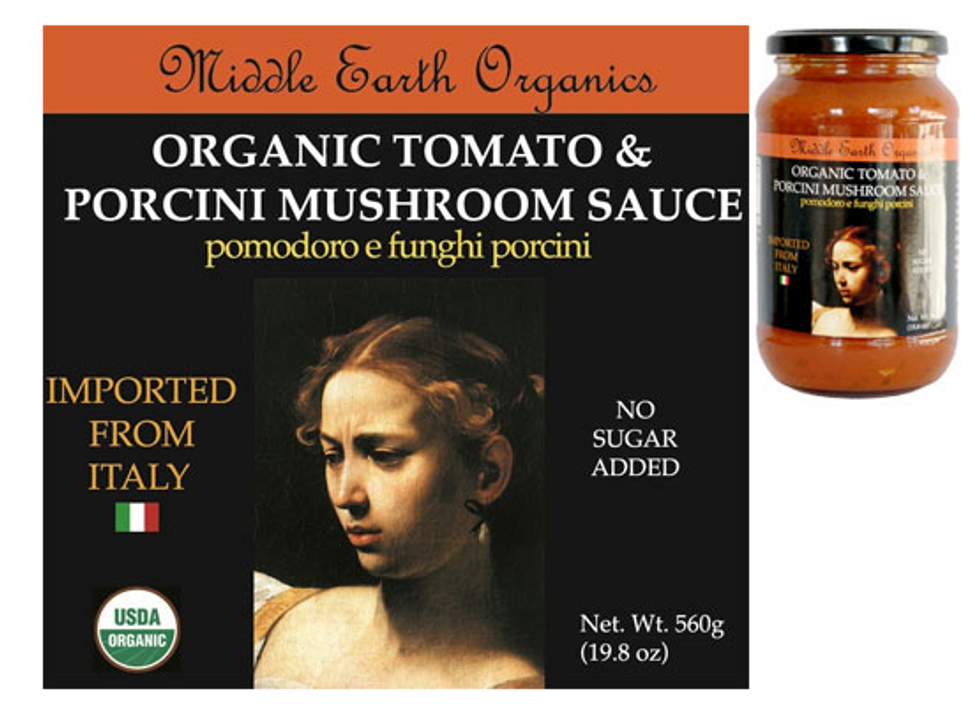 Label for Middle Earth Organics' Organic Tomato & Porcini Mushroom Sauce
Label for Middle Earth Organics' Organic Tomato & Porcini Mushroom Sauce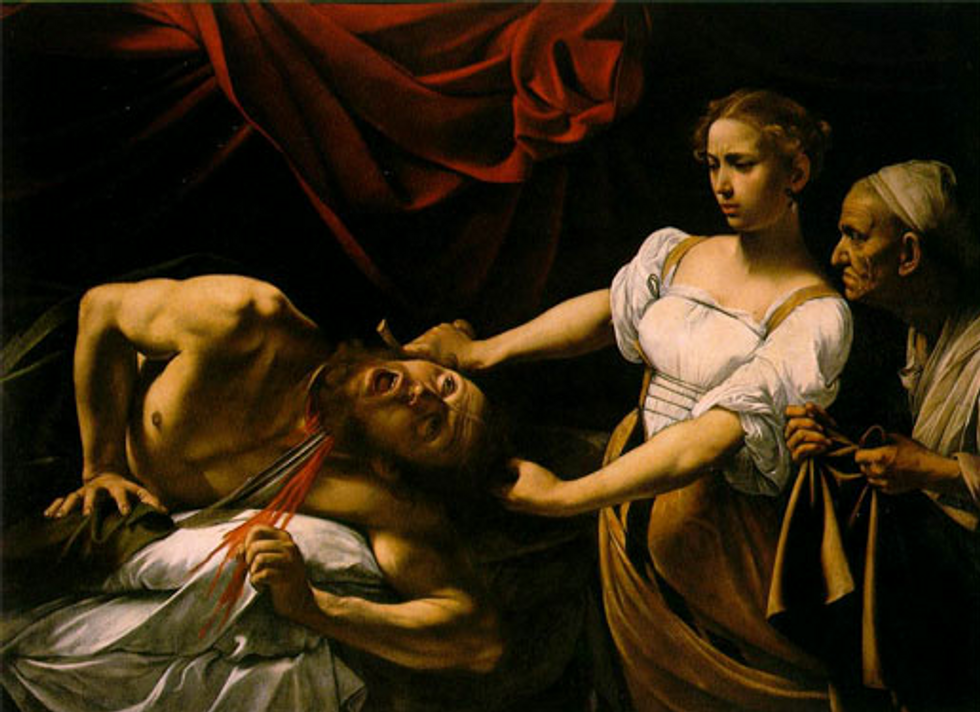 "Judith Beheading Holofernes" by Caravaggio (1599)
"Judith Beheading Holofernes" by Caravaggio (1599)